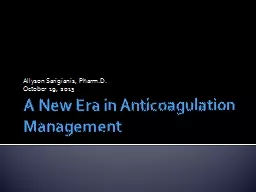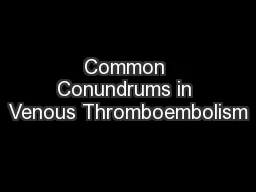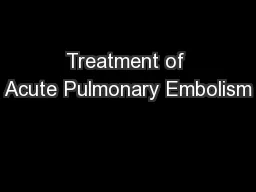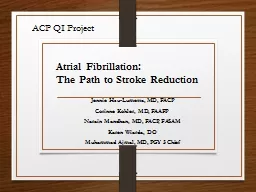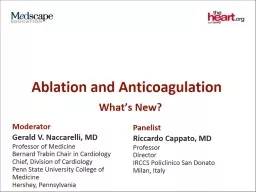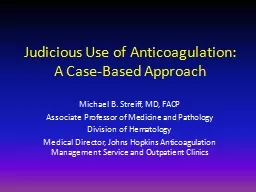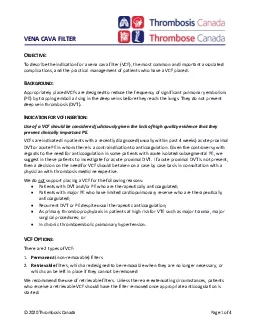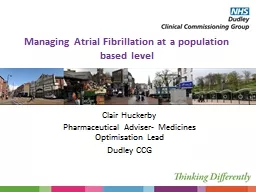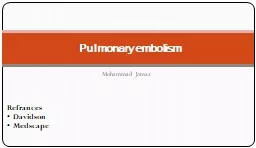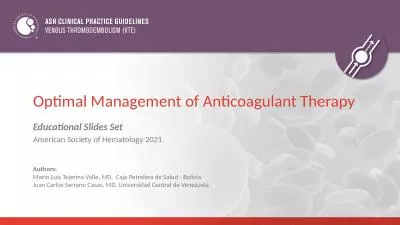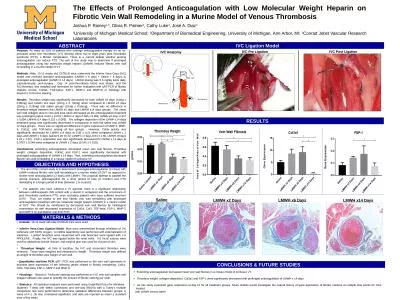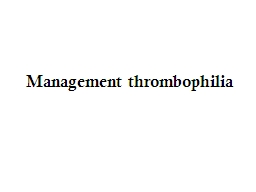PPT-A New Era in Anticoagulation Management
Author : debby-jeon | Published Date : 2015-12-01
Allyson Sarigianis PharmD October 19 2013 Objectives Review current practice recommendations for prevention of strokesystemic embolism in atrial fibrillation Compare
Presentation Embed Code
Download Presentation
Download Presentation The PPT/PDF document "A New Era in Anticoagulation Management" is the property of its rightful owner. Permission is granted to download and print the materials on this website for personal, non-commercial use only, and to display it on your personal computer provided you do not modify the materials and that you retain all copyright notices contained in the materials. By downloading content from our website, you accept the terms of this agreement.
A New Era in Anticoagulation Management: Transcript
Download Rules Of Document
"A New Era in Anticoagulation Management"The content belongs to its owner. You may download and print it for personal use, without modification, and keep all copyright notices. By downloading, you agree to these terms.
Related Documents

